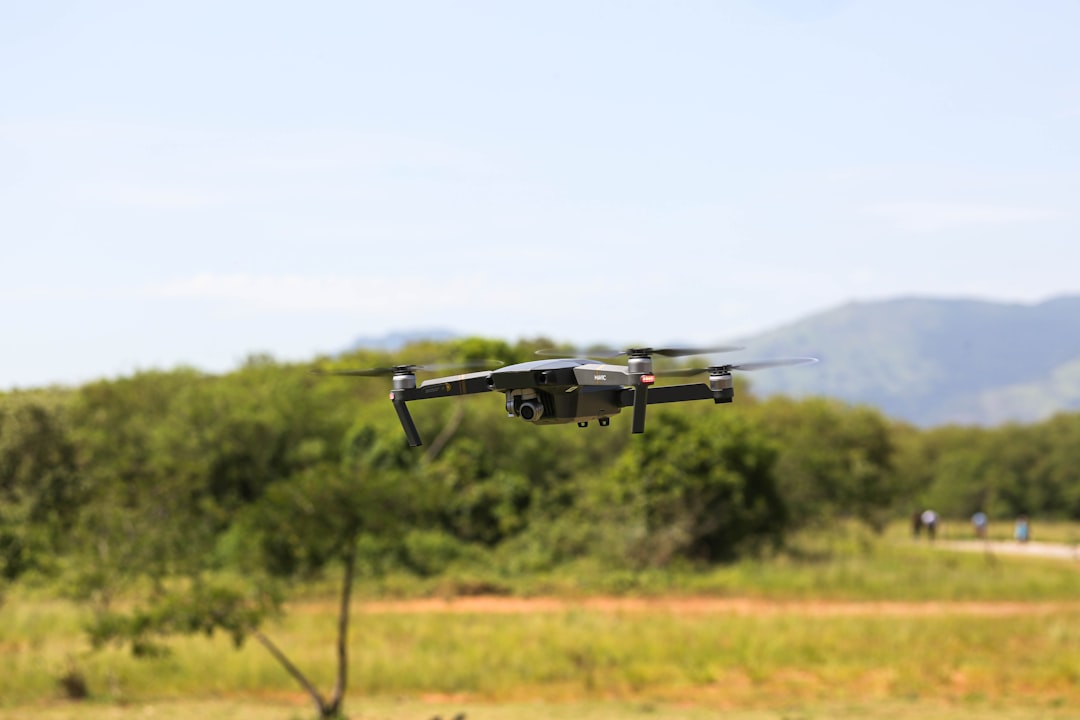“`html
Drones Take Flight: Transforming African Agriculture
Imagine a world where farmers in Africa can monitor their crops with pinpoint accuracy, optimize fertilizer use, and respond quickly to disease outbreaks. This isn’t science fiction; it’s the reality being shaped by the increasing use of drones in African agriculture. These unmanned aerial vehicles (UAVs) are providing solutions to long-standing challenges and are poised to revolutionize the way food is produced on the continent.
Why Drones? The Power of Precision in Farming
Traditional farming methods in Africa often face significant hurdles. These include limited access to data, inefficient resource allocation, and difficulties in monitoring vast fields. Drones offer a powerful toolkit to overcome these obstacles. Think of them as eyes in the sky, equipped with sensors that can gather a wealth of information invisible to the naked eye.
Here’s a glimpse into the key benefits:
- Crop Health Monitoring: Drones can capture high-resolution images and video, using multispectral cameras to assess the health of crops. This allows farmers to identify stressed areas affected by disease, pests, or nutrient deficiencies early on.
- Efficient Irrigation: Drones equipped with thermal sensors can detect areas of water stress, enabling farmers to optimize irrigation and conserve precious water resources. This is especially crucial in regions prone to drought.
- Precision Fertilization: Instead of applying fertilizer uniformly across a field, drones can map areas that require more or less fertilizer, leading to significant cost savings and reduced environmental impact. This targeted approach minimizes fertilizer runoff, protecting local ecosystems.
- Pest and Disease Detection: Early detection is key to controlling pests and diseases. Drones can quickly scan large areas to identify infestations before they spread, allowing for timely intervention and preventing significant crop losses.
- Yield Prediction: By analyzing drone imagery, farmers can estimate crop yields more accurately, allowing them to plan for harvesting, storage, and marketing.
- Land Surveying and Mapping: Drones can create detailed maps of farmland, which can be used for planning irrigation systems, drainage, and other infrastructure improvements.
The Impact on Farmers and Communities
The adoption of drone technology is already having a tangible impact on farmers’ livelihoods and food security across Africa. By improving efficiency and reducing waste, drones are helping farmers increase their yields and incomes. A recent Reuters article highlights how drone technology is helping farmers in countries like Kenya and Malawi boost their harvests.
Consider these concrete examples:
- Reduced Fertilizer Costs: Precision fertilization reduces the amount of fertilizer needed, saving farmers money and minimizing environmental damage.
- Increased Crop Yields: Early detection of problems allows farmers to take corrective action, leading to higher yields.
- Improved Resource Management: Drones help farmers manage water resources more efficiently, which is crucial in drought-prone areas.
- Enhanced Food Security: By increasing crop production, drones are contributing to food security in communities across Africa.
Furthermore, the adoption of drone technology is creating new opportunities for young entrepreneurs in Africa. Drone service providers are emerging to offer farmers access to this technology, even if they cannot afford to purchase their own drones. This is creating jobs and driving innovation in the agricultural sector.
Challenges and Opportunities
While the potential of drones in African agriculture is enormous, there are still challenges to overcome. These include:
- Cost: Drones and associated sensors can be expensive, especially for smallholder farmers.
- Regulation: Clear and consistent regulations are needed to govern the use of drones in agriculture.
- Training: Farmers need to be trained on how to operate and interpret drone data.
- Connectivity: Reliable internet access is needed to transmit and process drone data.
- Battery Life: Limited battery life can restrict the amount of land that can be surveyed in a single flight.
However, these challenges also present opportunities for innovation. Affordable drone solutions are being developed specifically for the African market. Governments are working to create supportive regulatory frameworks. Training programs are being offered to equip farmers with the skills they need to use drone technology effectively. Companies like Zipline, initially known for delivering medical supplies by drone, are exploring applications in agriculture, showing the versatility of the technology. You can read more about Zipline and similar initiatives on sites like BBC News Technology to gain further insights.
The Future of Drones in African Agriculture
Looking ahead, the use of drones in African agriculture is only expected to grow. As drone technology becomes more affordable and accessible, more and more farmers will be able to harness its power. Integration with other technologies, such as artificial intelligence (AI) and machine learning (ML), will further enhance the capabilities of drones. Imagine drones that can automatically identify and diagnose crop diseases, or that can autonomously apply pesticides with pinpoint accuracy. This future is closer than you think.
Moreover, the data collected by drones can be integrated with other data sources, such as weather forecasts and soil maps, to create comprehensive decision support tools for farmers. This will enable them to make more informed decisions about planting, irrigation, fertilization, and pest control.
In conclusion, drones are not just a technological fad; they are a game-changer for African agriculture. By providing farmers with access to better data and more efficient tools, drones are helping to improve food security, increase incomes, and promote sustainable farming practices. The sky’s the limit for this transformative technology.
“`

